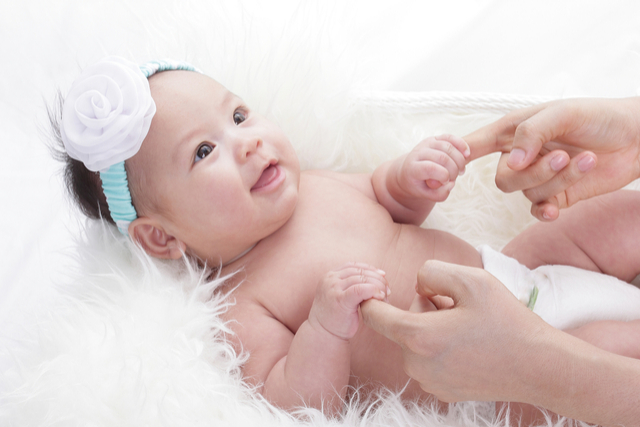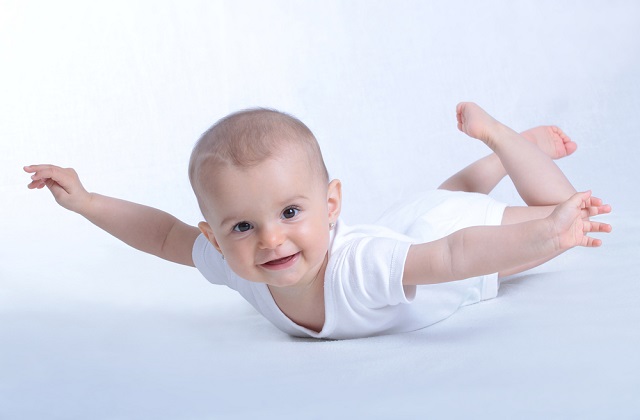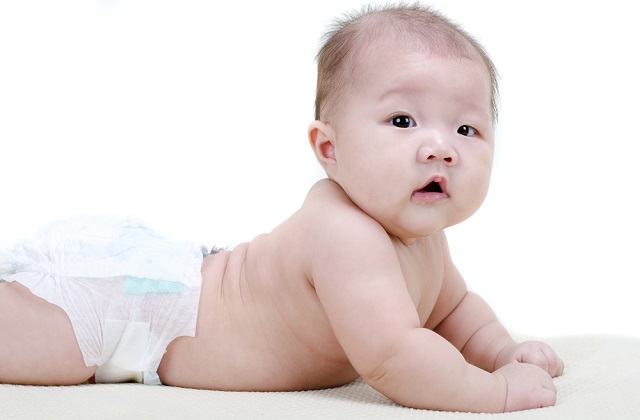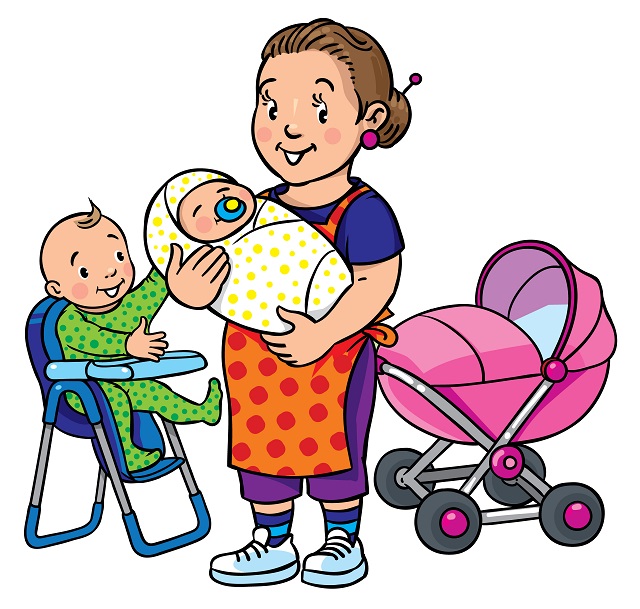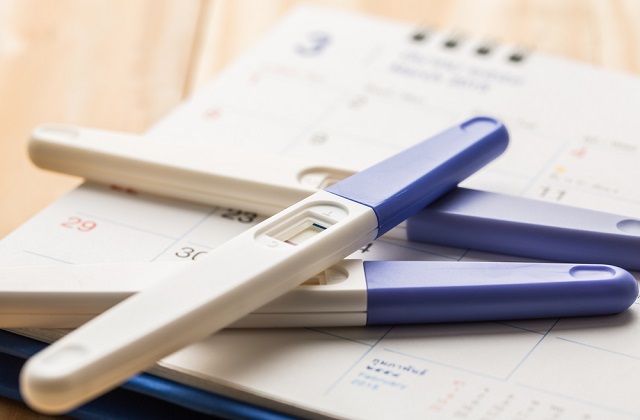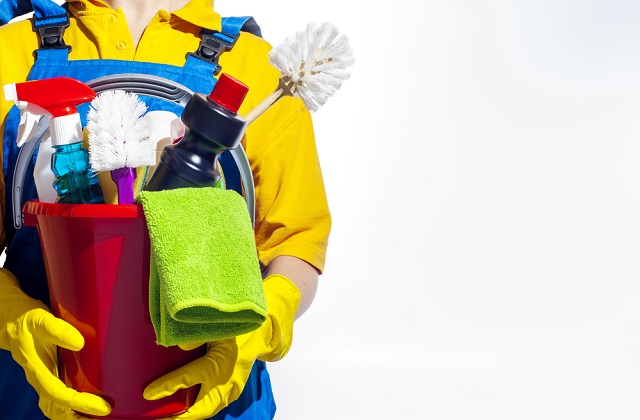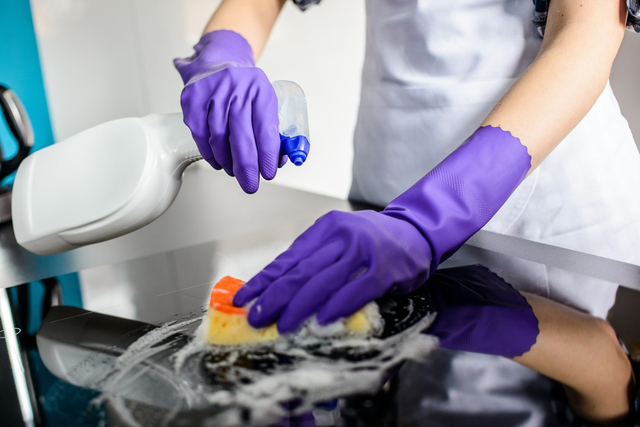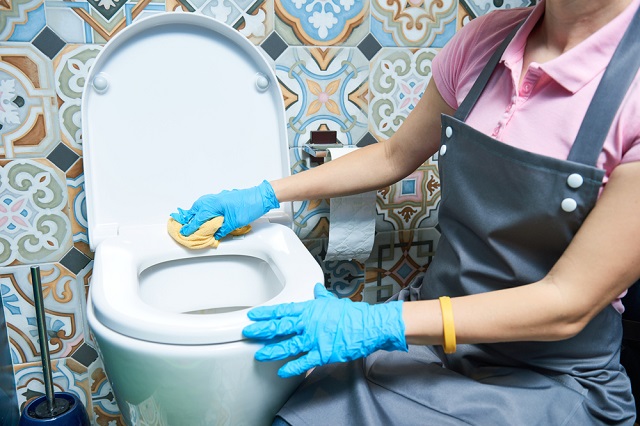How To Care For The Umbilical Cord Stump
After a baby is born, the umbilical cord is clamped and cut close to the baby's body, leaving an umbilical stump attached to the baby's belly button.
Caring for the baby's umbilical cord stump is easy. However, it is important that parents know the proper way to handle it to ensure it does not get infected. It will eventually fall off on its own but in the meantime, the little stump needs care and attention so that there would not be any complications.
When will the umbilical cord stump drop off?
The stump will dry up and drop off in about 7 to 21 days, leaving a small wound that will take a few days to heal.
When it falls off, it is normal to have a little blood on the diaper. After that, clear or yellow fluid will drain out of it and some bits of lumpy flesh may remain. These lumps of flesh are called the umbilical granuloma, which is a small nodule of firm pinkish-red tissue with persistent yellow-green drainage. It is different from an infection because it is not accompanied by swelling, redness, warmth, tenderness or a fever.
Rest assured that the lumps of flesh, also known as the umbilical granuloma, may disappear on their own and even if treatment is required, they do not contain nerves so it will be painless for your baby.
How will an umbilical granuloma be removed?
If needed, an umbilical granuloma will be treated by cauterization which is performed by applying silver nitrate to the area to burn the tissue. There are no nerve endings in the area, so it is not painful.
How to care for the umbilical cord stump:
1. Ensure that the stump is clean and dry. Fold the diaper away from the stump so that it does not contact with urine.
2. Give your baby sponge baths instead of tub baths. Make sure you are careful around the stump area as you are cleaning your baby. Once the sponge bath is over, dry off the stump area and do not leave it wet.
3. Allow air to circulate by having your baby wear a loose shirt in the warm weather. This can speed up the drying process of the stump.
4. Do not pull off the stump even if it looks like it is falling off.
5. Do not use alcohol to clean the stump. This is because recent research has found that cords that are not treated with alcohol will heal faster and carry no more risk of infection. Hence, while experts once advised for parents to clean it with alcohol, it is now recommended not to.
6. Clean around the belly button area at least once each day or more often if your baby’s cord looks sticky or moist.
7. Wash your hands before you touch your baby's cord as your hands may carry germs which can enter the cord.
You should consult the doctor immediately if you notice any of the following:
1. An inflamed cord. The skin around the base of the cord is red.
2. Active bleeding that does not stop quickly.
3. An odour that persists after cleaning and drying.
4. Yellowish or pinkish discharge that persists for more than a couple of days after your baby's cord has fallen off.
4. Your baby is having a fever.
5. Your baby feels pain and cries when you touch the cord.
How can I ensure that my child is an “innie”?
Unfortunately, there is no way to ensure that your child is an “innie”. While some believe that taping a flat object over the navel will help, this is a myth and would not work.
A baby who grows more skin around the umbilical cord inside the womb will be an “outie” while a baby who grows less skin around it will be an “innie”.
It takes a village to raise a child !
Join our WhatsApp Parenting Chat Groups By Area in Singapore.

